Sustainability is no longer a buzzword - it’s reshaping how industries operate. In pest control and lighting, principles of the circular economy are driving change.
The Circular Economy Case for Retrofitting EFKs – Key Points:
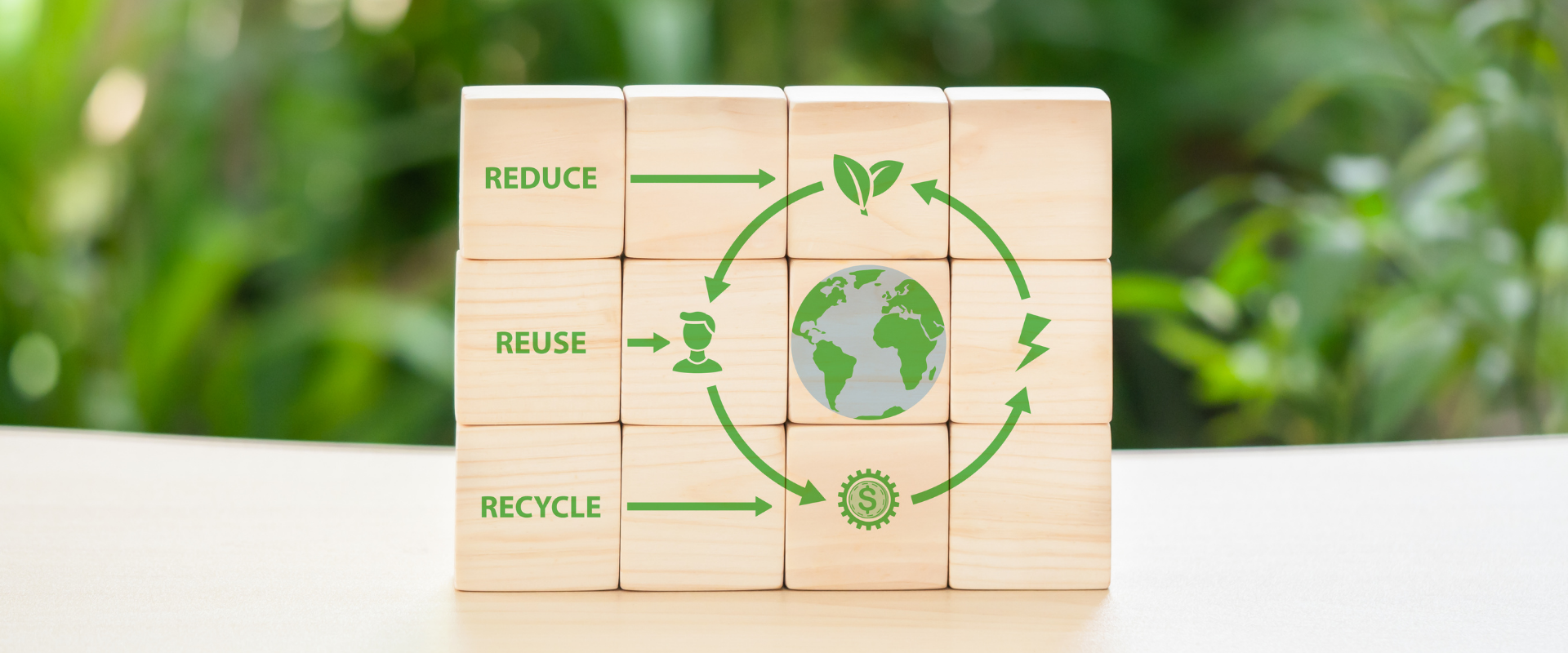
The circular economy is a model of production and consumption that emphasises the reuse, repair, refurbishment, and recycling of existing materials and products for as long as possible. This is in contrast to the traditional linear model, which follows a take-make-dispose pattern.
In practical terms, a circular approach in lighting would mean:
Governments, regulators, and sustainability frameworks, such as the EU Green Deal, are increasingly applying circular economy principles to a wide range of products, including electronics, packaging, lighting, and white goods.
Lighting systems, especially fluorescent lamps, are under increasing scrutiny due to their mercury content and limited recyclability. That’s part of the reason fluorescent lamps used in general lighting were phased out across the EU and UK starting in 2023 under the RoHS Directive.
But what about special-purpose lighting, like fluorescent lamps in electronic fly killers (EFKs)?
Currently, fluorescent lamps used in EFKs are exempt from the RoHS legislation. The ban introduced under RoHS applies only to general lighting at this stage. EFKs fall under the special purpose lighting category, which is why they remain exempt.
This exemption was renewed in 2022 and is valid until 2027. According to LightingEurope, an extension beyond 2027 is likely, as a complete range of retrofit LED alternatives is still needed to cover the full spectrum of special lighting applications -including not just insect control, but also sectors like medical lighting and sterilization.
This is where the circular economy becomes central to the conversation.
At first glance, LED might seem like the obvious solution. It's more energy-efficient, mercury-free, and long-lasting. But switching to LED isn't automatically “green.” Many LED traps on the market today require completely new units to be installed.
That means:
As Jasmin Emmerson, Sales Director at Fotolec Technologies & Opti-Catch, recently explained on the Pest Perspectives podcast:
LED is not truly sustainable if it means prematurely disposing of a unit that is still working
The true sustainability win comes from retrofitting - upgrading the technology without discarding the housing or the entire unit. This aligns perfectly with circular economy principles.
.png)
As 2027 approaches, the lighting industry is watching closely. For a full ban on fluorescent insect control lamps to be viable, there must be:
Currently, many retrofit LED solutions still do not cover all lamp types, particularly those using electronic ballasts. That means thousands of working traps - some purchased as recently as this year - would be rendered obsolete if a ban were rushed through.
Lighting experts believe that due to these gaps, another five-year extension to the exemption is not only likely, but essential to ensure that a transition to LED follows a genuinely circular and sustainable path.
In a recent statement, LightingEurope clarified a common misconception about RoHS exemptions - namely, that they expire on their listed dates. In reality, these dates are not final if a renewal request has been submitted and is still under review by the European Commission.
💡If a renewal request is under review, the exemption remains valid, and lamps covered by it can continue to be placed on the EU market.
💡If a renewal request is eventually denied, there must still be a 12–18 month transition period before a full phase-out.
LightingEurope has already submitted renewal applications for key exemptions to ensure continuity for essential lighting applications, including those used in pest control.
Pest control professionals and facilities managers have an important role to play in this transition. By choosing retrofit LED solutions, such as Opti-Catch, you not only support your clients with energy savings and performance but also help reduce environmental impact.
Here’s how to apply a circular mindset to your EFK strategy:
.png)
If your existing EFKs are working and fit for purpose, keep using them. Retrofit when you’re ready, not because of fear-mongering.
Ensure any LED upgrade delivers equivalent or improved fly catch. This avoids installing a sub-standard retrofit lamp that compromises pest control.
Opt for LED solutions that fit existing traps and wiring. This prevents unnecessary replacements and maximises existing resources.
Even though a full ban on fluorescent lamps is unlikely to happen in the next years, it's wise to begin auditing your current ILT inventory and understanding what options are available for retrofit vs replacement.
The potential extension of the special lighting exemption is not just about regulatory timelines, it's an opportunity to rethink how we approach product lifecycles, especially in pest control. Rather than viewing upgrades as a race or a burden, the circular economy invites us to see product longevity, adaptability, and resource efficiency as strategic advantages.
It also opens up new conversations with clients about sustainability, operational savings, and the kind of partnerships that build trust over time.
The conversation around insect light traps is no longer just about switching to LED or meeting compliance deadlines. It’s about embedding sustainability into every stage of pest control - from the way equipment is designed and serviced, to how long it’s used and how it's ultimately replaced.
As regulations continue to evolve, the real opportunity lies in moving beyond quick fixes and embracing long-term, circular solutions. By choosing options that extend product life, reduce waste, and support responsible resource use, the pest control industry can play a meaningful role in broader environmental progress.
This is about more than staying compliant. It’s about making choices today that support a cleaner, more efficient future for everyone involved.
👉 Contact Opti-Catch today to learn more about our retrofit options, access independent catch rate data, or get advice on transitioning your current ILT inventory sustainably.
.png)
Results from Pest Tech’s Fastest Retrofit Challenge reveal how effortless it is to upgrade insect light traps with Opti-Catch LED lamps. Technicians achieved retrofit times under 20 seconds, reinforcing the speed and practicality of lamp replacements over full-unit changes.
See Results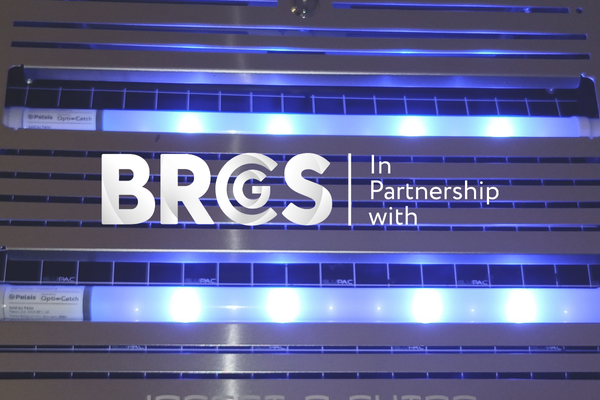
As LED technology becomes standard in insect light traps, material choice matters more than ever. Independent research reveals that glass-bodied, FEP-coated lamps offer superior UV performance and safer operation compared to plastic alternatives, protecting food sites from contamination.
Read More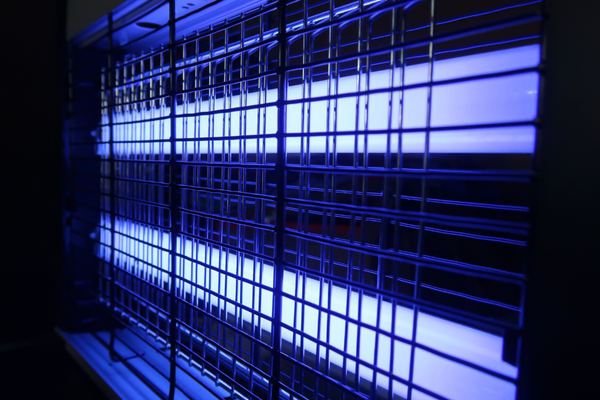
As more facilities consider switching to LED insect light traps, questions remain about performance. Independent testing shows Opti-Catch retrofit UV LED lamps don’t just match - they outperform fluorescent lamps, while delivering energy savings, longer life, and sustainability benefits.
Read More.png)
LightingEurope has requested an extension to RoHS exemptions for UV fluorescent lamps, securing their use in insect light traps until at least 2028. Despite the extention, Opti-Catch retrofit LED lamps already deliver energy savings and sustainability benefits - without replacing existing traps.
Read More
At first glance, LED might seem like an environmentally friendly solution. But switching to LED isn't automatically “green.” Many LED traps on the market today require completely new units to be installed. Discover how retrofitting with LED supports circular economy goals and avoids unnecessary waste.
Read More.png)
With growing interest in LED alternatives for insect light traps, it’s essential to distinguish between facts and assumptions. This post breaks down the current regulations, clarifies confusion surrounding the 2027 exemption, and outlines how retrofit LED lamps can offer a balanced approach.
Read More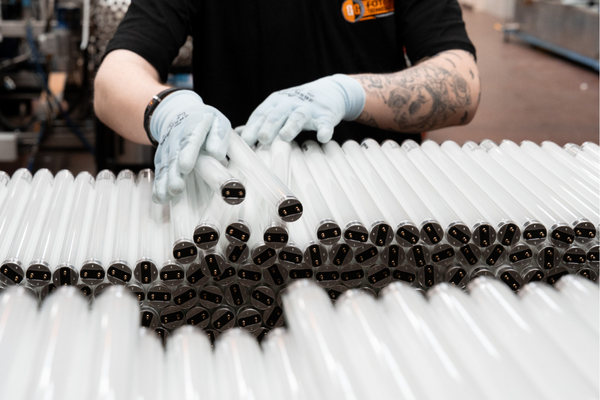
Discover why food manufacturers are switching to LED insect light trap lamps, even without a ban. This practical guide explains the benefits of retrofitting, from improved fly catch and lower energy use to audit-ready performance, all without replacing existing equipment or disrupting operations.
Read More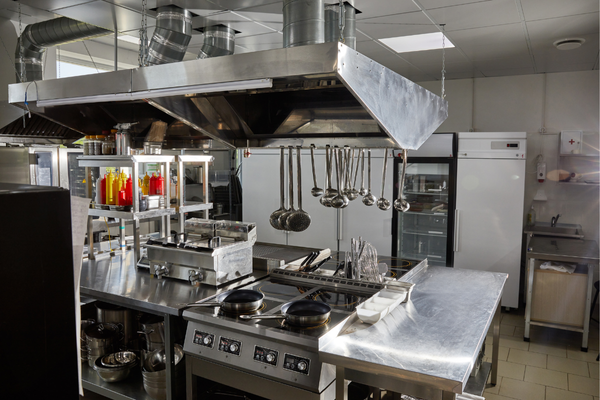
Explore how UV fly traps work to control flying insects in commercial and domestic environments. Learn the science behind UV attraction, how these traps capture flies, and why they’re a clean, chemical-free solution for effective pest management.
Read MoreFill out the contact form below to enquire